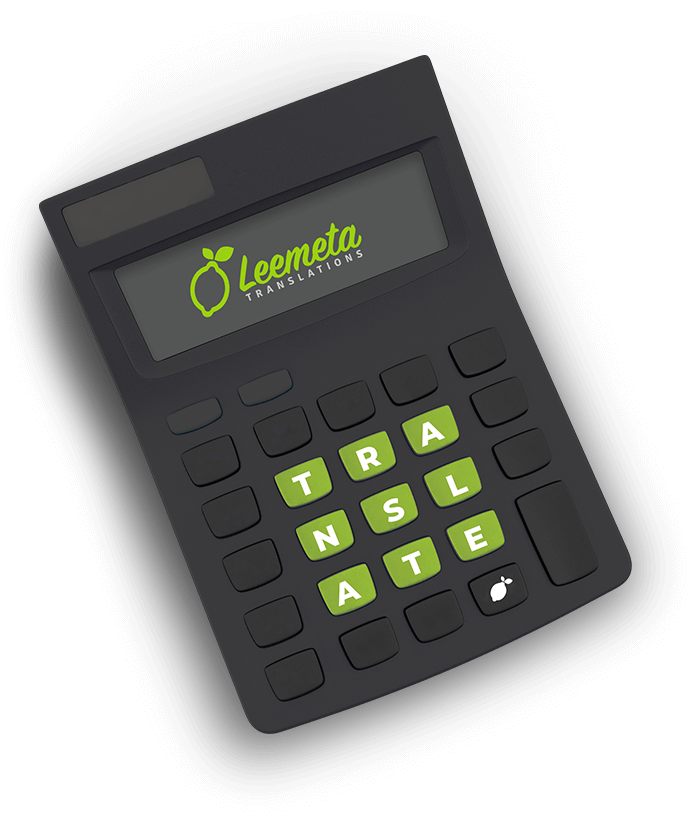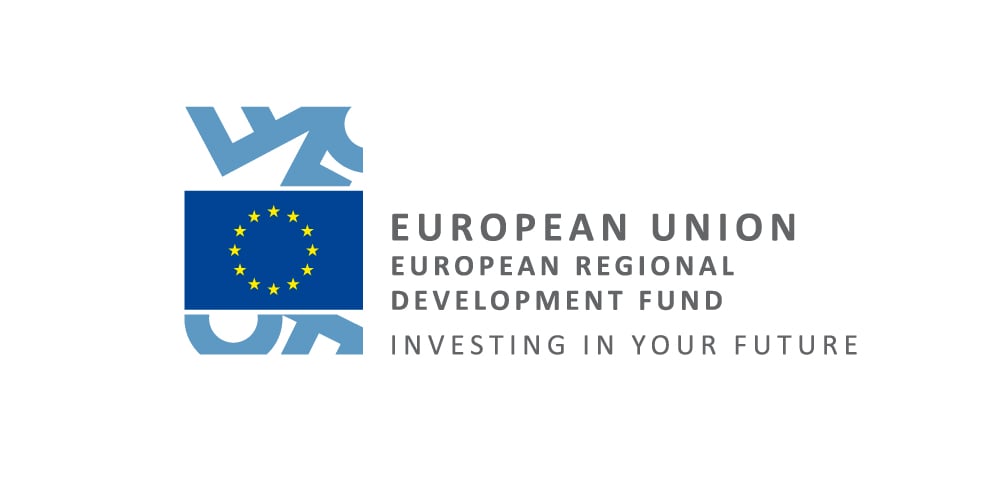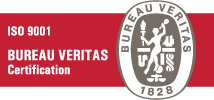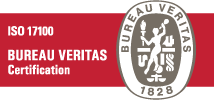Ordering a translation may seem simple: submit the text, receive the quote, confirm it, get the translation, and the job is done. However, ensuring that the final result meets your requirements takes more effort. High-quality translations are the result of preparation, clear communication, and a well-structured process — which we call Turnkey Translations®.
Whether you need a quick translation for understanding or a flawless document for publishing, knowing what to expect — and what to request — will save you time, money, and stress. Read on to learn how to navigate the translation process successfully.
What Type of Text Are You Translating?
The type of your text dictates the level of knowledge and expertise your translator will need. Is it a legal contract, technical manual, marketing material, or creative writing? Each sort of text requires its own approach, tone, and level of specialization.
Smaller translation service providers might not have specialists in every field, but reputable agencies, such as ours, ensure the right translator is assigned to your project, following ISO 17100 guidelines. For example, technical translations require precision and accuracy, while marketing texts may often require cultural adaptation to connect with your target audience.
Who Will Use the Translation and Who Is Your Target Audience?
Understanding your audience is essential. Ask yourself: Is the translation meant for internal communication, a specific professional group, or a general audience? Content for websites or blogs must be written in a totally different style than legal documents for court.
Because of this, legal translations need to be precise and official, yet information for the internet frequently needs to be conversational and optimized for search engines (SEO). By sharing the characteristics of your target audience with the translation agency, you can make sure that the language, tone, terminology and style match your objectives.
What Format Does Your Document Use?
The translation process might be significantly impacted by your document's formatting and the file type. Does it have intricate formatting, charts, or graphics, possibly made with Adobe InDesign, QuarkXPress or is it just a plain text document? And the main question: Do you want the translated document to remain the same?
Professional agencies often offer additional services, such as graphic design or desktop publishing, to ensure the translated version mirrors the original layout, even when text lengths differ across languages – for instance, a Russian text is typically much longer than an English text. Sharing source files with the agency ensures the final translation looks like the source text and saves you additional formatting effort – time and money.
Do You Need a Certified Translation?
If your translation is for official purposes — such as court submissions or government filings — it might require certification. Certified translations or sworn translation are completed by certified translators and are legally valid, recognised by authorities as identical to the original. Certified translations are bound together with either the original document or a copy of it.
Documents commonly requiring certification include:
- Contracts
- Diplomas and transcripts
- Marriage certificates
- Legal certificates
Our agency works with certified translators and offers fast turnaround times for such requests, providing a scanned version of the sworn translation first, with the bound original following by mail.
Do You Require a 4-Eye-Principle or a Cost-Effective Translation?
Depending on your needs, we provide specific quality levels:
- Turnkey Translation® (High-Quality Assurance):
For clients seeking the highest level of quality, we adhere to an ISO 17100-certified called Turnkey Translations Process with a 4-eye principle and additional quality review. This includes:- Translation by a specialised linguist.
- Proofreading by a second linguist for consistency and fluency.
- A final review by a Quality Manager to ensure compliance with international standards.
This process guarantees accuracy, cultural adaptation, and a polished final document. It’s ideal for critical texts like contracts, marketing materials, or public-facing content.
- Basic Translation (Budget-Friendly):
If you need a translation primarily for understanding, we offer an affordable, streamlined option focused on clarity and readability. This service is perfect for internal documents or drafts and can be part of a translation subscription plan.
Clients choosing this option can easily add extra services, such as proofreading, stylistic adjustments, or graphic design, as needed.
What’s Your Timeline and Budget?
Time and budget are crucial for any translation project. High-quality translations take time, particularly for complex or lengthy documents. We encourage you to discuss deadlines with your provider and set realistic expectations.
While staying within budget is important, beware of exceptionally low prices, as these often indicate lower quality. Treat your translation as an investment — one that reflects your professionalism and brand integrity.
Why Is Cultural Adaptation Important?
Translation isn’t just about replacing words; it’s about conveying meaning and intent. Ignoring cultural differences can lead to misunderstandings or missed opportunities. For example:
- Humour often requires localisation to resonate.
- Idioms or expressions might not exist in the target language and need creative adaptation.
- Units of measurement or date formats may need adjustment.
- Other
Discussing these nuances with your provider ensures your message is clear, culturally appropriate, and impactful.
How to Enhance Translation Quality
Collaboration is key. Here’s how you can contribute to the process:
- Submit the final version of your text. Revising drafts increases costs and complexity.
- Share reference materials. Glossaries, style guides, or previous translations help ensure consistency and preferred terminology.
- Specify special requirements. Let the agency know if certain terms or phrases should remain untranslated (e.g., trademarks or technical jargon).
Build a Long-Term Partnership
Collaborating with a trusted translation provider ensures consistent quality while improving familiarity with your preferences and terminology over time. Regular cooperation enhances efficiency and strengthens the process for both sides.
Note: Starting with a free test translation can help you determine if a provider is the right fit for your needs.
Setting the Standard for Translation Excellence
Ordering a translation doesn’t have to be complicated. By clearly defining your needs, selecting the right service level, and working closely with your provider, you’ll receive a translation that meets — and exceeds — your expectations.
Whether you need quick comprehension or Turnkey Translations® ready for publication, we’re here to help. Let’s transform your words into a powerful message that resonates globally.












